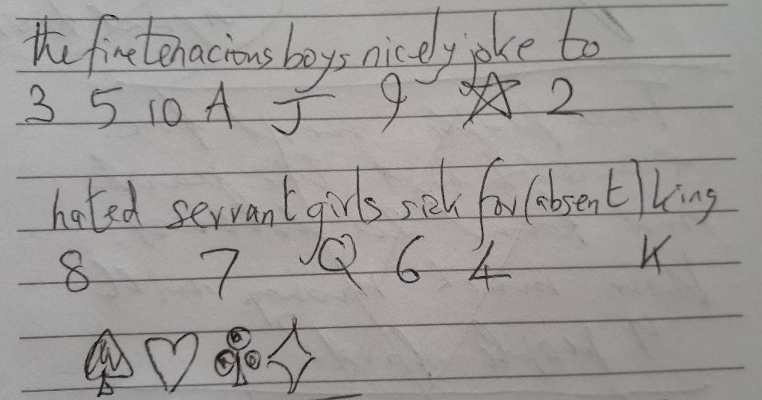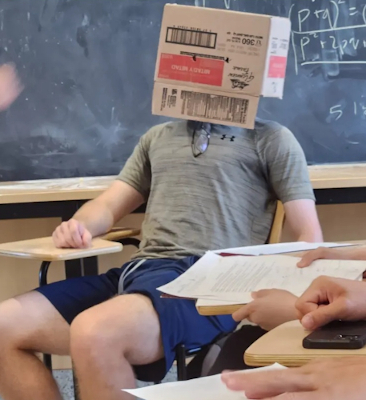Fractal Word Search
The puzzle In the Details by Derek Kisman is one of my favorite MIT Mystery Hunt puzzles of all times. I even wrote a blog post advertising it and another post with comments on the solution. This puzzle type became known as fractal word search.
In the standard word search, you have a grid of letters and a list of words. You need to find the words written in the grid in all eight directions. The unused letters provide the answer, or a clue to the answer, of the word search puzzle.
In the fractal word search, you have a grid of letters and a list of words. It looks like a regular word search, but you will not find all the words inside the given grid. The given grid is only a snapshot of the whole grid on some particular level k. To go to level k+1, you have to use replacement rules: each letter is replaced by a 2-by-2 block of letters. This creates a much bigger grid where you might find more words from the given list.
An interesting question is, where do you find the replacement rules? In Derek’s puzzle, the rules were not given, but the initial grid was level 2. So you could notice that this grid can be decomposed into 2-by-2 squares, and there are only 26 different squares, implying that each square corresponds to a letter. Assuming that replacing the 2-by-2 squares with correct letters will allow you to find more words from the list, you can decipher the replacement rules. This will allow you to get to level 1 as well as any other level. Small levels are easy to search, but on large levels, the grid gets so huge that it might not fit in the memory of a computer, or a million computers. That is why this puzzle was presented at the MIT mystery hunt, but not at any other puzzle hunt. It is quite difficult: one of the given words is hiding on level 86.
I liked the puzzle so much, I included it in one of my lectures. After I gave my talk at Brown University, a student, Klára Churá, approached me. She got as fascinated with the puzzle as I was. We ended up collaborating on the paper Fractal Word Search: How Deep to Delve. As the title suggests, we focused on finding the upper bound of the level where we could find a word of a given length. We had two parameters: the size of the alphabet n and the block size b used in the replacement rules.
For different reasons, the most interesting case is words of length 3. I will leave it to the reader to figure out why this is the most interesting case, or the reader can check our paper. We showed that any word of length 3 appears no later than level n3 + n2 + 1.
When we posted the paper, I sent the link to Derek. He immediately wrote a program and showed that our bound is fairly tight. His code is available at GitHub. He created a configuration that puts a 3-letter word at depth LCM(a,b,c)+1, where a,b,c ≤ n-3. If n is even, this gives us a lower bound of (n-3)(n-4)(n-5) + 1. If n is odd, this gives us a lower bound of (n-4)(n-5)(n-6) + 1. In any case, asymptotically, it is very close to our upper bound.
Share:
